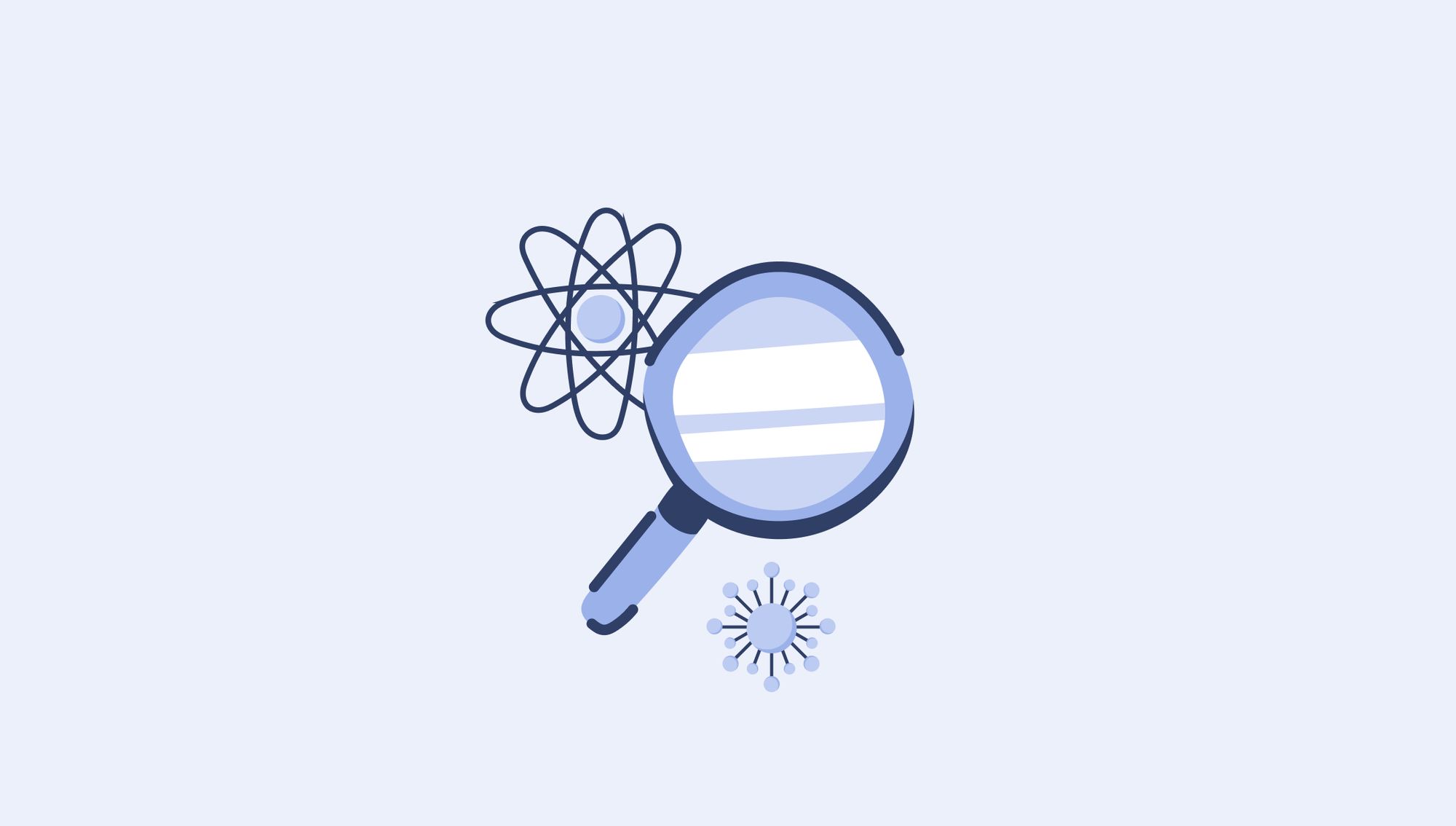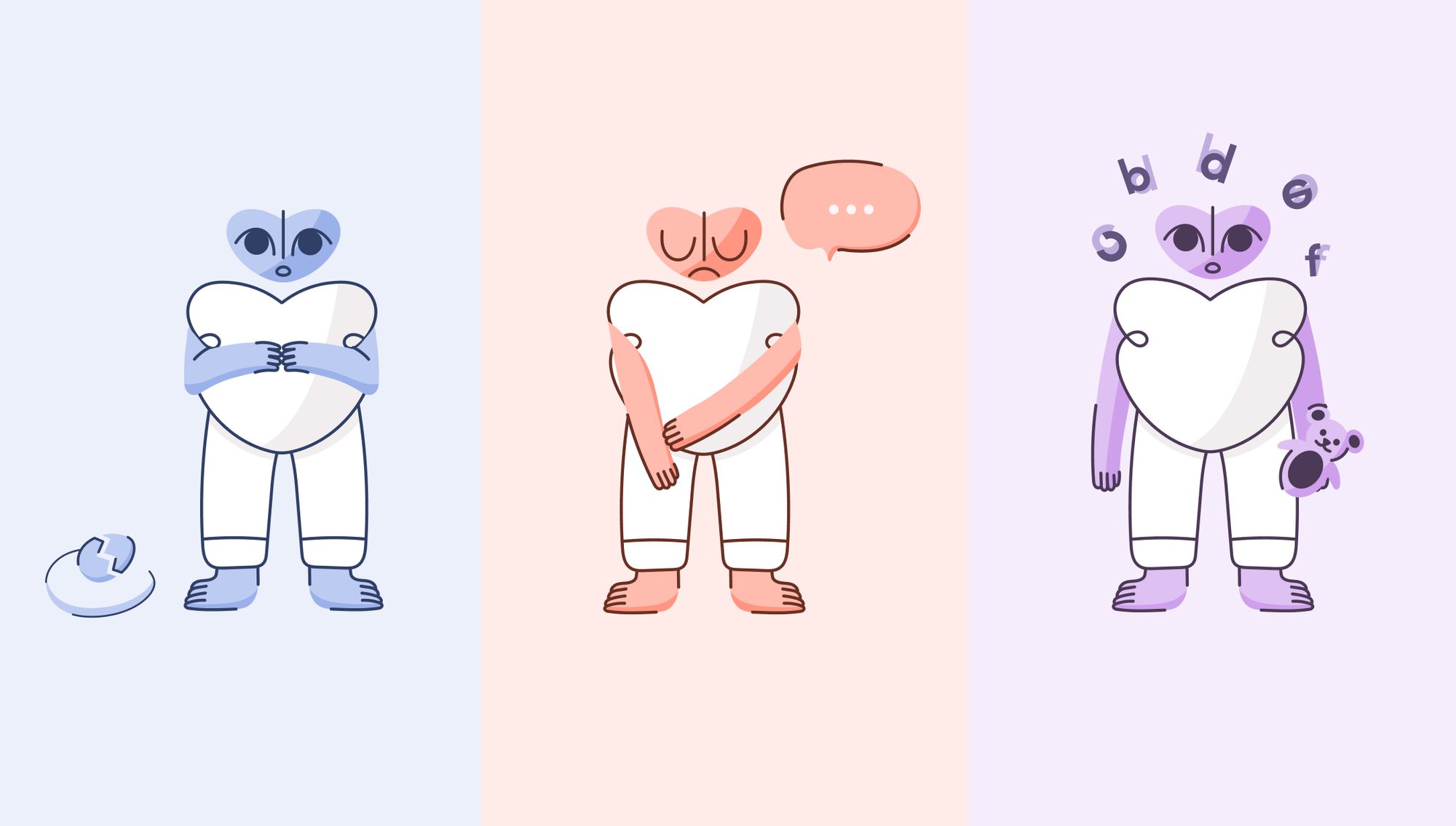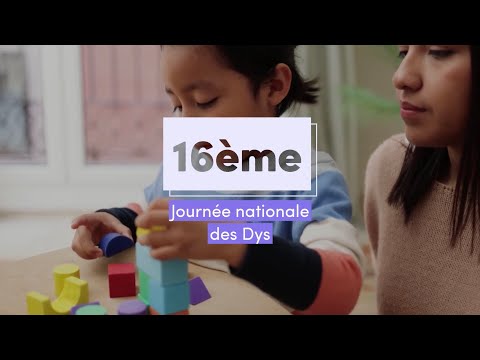📍 Early detection of developmental discrepancies

From a purely biological point of view, the brain is made up of neurons, which communicate with each other to exchange information. This is what enables us to carry out everyday tasks, to communicate: to live in society. These connections, which are bound to evolve throughout our lives, take concrete shape during the first years of life: this is neurodevelopment.
After birth, a child’s neurodevelopment may be impaired by one or more events of many and varied kinds (genetic, environmental, etc.). The child’s future quality of life will be greatly impacted if these impairments go undetected, or are detected too late. These include neurodevelopmental disorders (NDD), more specifically autism spectrum disorders (ASD), which affect 1 in 166 children [1]. Currently, the average delay in diagnosis is around 4 years, whereas consensus statements from the scientific community in conjunction with health authorities indicate that a diagnosis can be made as early as 12 or 18 months of age [2][3]. Other disorders that merit early detection are hearing disorders, which are observed in 1 in 300 children at the age of 3 [4], and the main visual disorder in toddlers, amblyopia, whose prevalence is 3% [5][6].
💡 It’s interesting to note that parents are the main contributors to screening their children for neurodevelopmental disorders, in 61% of cases [7].
Other disorders linked to specific cognitive dysfunctions can affect language and gesture, leading to lifelong learning problems: these are known as DYS disorders.
In France, support for early detection has been framed by the creation of coordination and referral platforms.
🔎 More on the upcoming clinical study
An initial clinical study of Heloa’s first results was published in May 2022 in the scientific journal JMIR [8]. It highlighted the median early identification of certain weak socialization signals (linked to autism spectrum disorders) as early as 12 months of age in 0.9% of cases. Also, certain weak signals of hearing and vision disorders had a median early detection age of 9 months in 11.3% of cases and 17 months in 1.8% of cases, respectively. Since then, the Heloa medical team has reviewed its process for helping to identify these disorders early, using progressive questionnaires organized into 3 levels of identification assistance, with the aim of refining and confirming these figures.
🎯 Heloa’s primary objective is to confirm the specificity and sensitivity of our algorithms for the early detection of neurodevelopmental disorders between 18 and 24 months.
Analysis of the results of these new questionnaires will be the subject of a new scientific publication.
📍 Helping identify Dys disorders at an early stage

Heloa has teamed up with the FFDys to create follow-up self-questionnaires to help parents identify dysfluencies at an early stage, and avoid medical wandering.
Through questionnaires designed to monitor the child’s development between the ages of 0 and 7, Heloa asks parents about 3 key areas:
– oral language acquisition,
– written language
– and fine motor skills.
When certain disorders affect some of these areas, we speak of DYS disorders. In France, it is estimated that 6 to 8% of children in the same age group have Dys.
DYS disorders are specific cognitive dysfunctions that lead to learning problems. These disorders can appear during a child’s development, affecting language and gesture, for example. They have repercussions on school, professional and social life. Help in identifying DYS disorders is therefore crucial.
While the development of communication and fine motor skills is part of neurodevelopment at birth, from the age of 3 months, parents can be asked about the development of 2 key areas: the acquisition of oral language and fine motor skills. The acquisition of written language will come later in the child’s development, thanks to school learning, at the end of kindergarten.
These disorders include
- Dysphasia is a group of oral language disorders. They can affect receptive aspects: decoding of received language and/or expressive aspects: difficulty in pronunciation and syntax, lexical poverty. The result for the child is difficulties in communicating, learning and integrating into school.
- Dyspraxia is a group of motor development disorders. They affect the organization of the child’s gestures and/or the acquisition of movement coordination, taking into account the sensory aspect (perception, spatial visualization, etc.). The child thus encounters difficulties in performing or reproducing a gesture (dressing, manipulating objects, etc.), leading to clumsiness, problems with writing, moving and slowness.
- Dyslexia is a group of written language disorders. Dyslexia is characterized by impaired reading. The child is unable to memorize the visual form of words and recognize them globally, resulting in hesitant, slow reading. This is followed by problems with spelling, reading and overall comprehension, leading to delays at school.
💡The Heloa and FFDys teams have pooled their knowledge to provide parents with help in spotting these disorders at an early stage, advice tailored to their child’s situation and, if symptoms of “neuro-atypia” are spotted via the follow-up questionnaires, access to a function enabling them to find the nearest care network.
🔎 More on the upcoming clinical study
🎯 The aim of Heloa’s future clinical study is to demonstrate the effectiveness of questonnaires for the early identification of DYS disorders (dysphasia, dyspraxia, dyslexia) at an early stage of a child’s neurodevelopment.
In a gradual process, we ask the parent monthly questions on the different areas of neurodevelopment linked to these disorders, in order to confirm that the child’s neurodevelopment is progressing well. As soon as a suspicion is cleared, more specific questions are put to the parents. Taking into account the plasticity of neurodevelopment, after a few weeks these questions enable us to direct the parent towards a course of treatment if no concrete improvement is noted. These results and their confirmation will be analyzed and published in Heloa’s next scientific study.
🗓 Heloa is co-organizer of the 16th Journée nationale des Dys
In 2022, Heloa and the FFDys are continuing their partnership with the joint organization of the 16th National Dys Day, which aims to raise awareness of Dys disorders among the general public, professionals and politicians. Raising awareness of Dys disorders means enabling everyone to identify them more easily.
A dedicated research team

🟣 Pr Fabrice Denis – Co-founder and Medical Director at Heloa – Oncologist at the Institut Interrégional de Cancérologie Jean Bernard in Le Mans, Doctor of Medicine, Doctor of Science and Associate Professor of e-health and AI (Artificial Intelligence) at the Paris Centre Faculty of Medicine.
🟣 Pr Olivier Bonnot – head of department, CHU Nantes child psychiatrist: review of scientific publications on the subject of developmental discrepancies
🟣 Dr. Agnès. Gepner – Head of Heloa’s medical coordination unit and guarantor of medical relevance at Heloa – Doctor of Medicine since 1985, specialist in anaesthesia and intensive care since 1986 in maternity wards.
🟣 Dr Guédalia. Peretz Assuied – Child psychiatrist. Validator of child development gap questionnaires
🟣 Teams dedicated to data & Heloa software
🗞 Scientific bibliography :
[1] GBD 2019 Mental Disorders Collaborators. Global, regional, and national burden of 12 mental disorders in 204 countries and territories, 1990-2019: a systematic analysis for the global burden of disease study 2019. Lancet Psychiatry 2022 Feb;9(2):137-150
[2] Wetherby AM, Brosnan-Maddox S, Peace V, Newton L. Validation of the infant-toddler checklist as a broadband screener for autism spectrum disorders from 9 to 24 months of age. Autism 2008 Sep 01;12(5):487-511
[3] Pierce K, Gazestani VH, Bacon E, Barnes CC, Cha D, Nalabolu S, et al. Evaluation of the diagnostic stability of the early autism spectrum disorder phenotype in the general population starting at 12 months. JAMA Pediatr 2019 Jun 01;173(6):578-587
[4] Screening for hearing disorders in children: a practical guide. Ministère des Solidarités et de la Santé. 2009 Jun. URL: https://solidarites-sante.gouv.fr/IMG/pdf/Depistage_des_troubles_de_l_audition_chez_l_enfant.pdf
[5] Screening for Visual Disorders in Children: A Practical Guide. 2009 Jun. URL: https://solidarites-sante.gouv.fr/IMG/pdf/Depistage_destroubles_visuels_ chez_l_enfant.pdf
[6] McConaghy JR, McGuirk R. Amblyopia: detection and treatment. Am Fam Physician 2019 Dec 15;100(12):745-750
[7] What individuals and families tell us about their life course. French Government. 2020 Jun. URL: https://www. ipsos.com/sites/default/files/ct/news/documents/2020-06/etude_ipsos_tnd_2020_def.pdf
[8] Denis F, Maurier L, Carillo K, Ologeanu-Taddei R, Septans A, Gepner A, Le Goff F, Desbois M, Demurger B, Silber D, Zeitoun J, Assuied GP, Bonnot O. Early Detection of Neurodevelopmental Disorders of Toddlers and Postnatal Depression by Mobile Health App: Observational Cross-sectional Study. JMIR Mhealth Uhealth 2022;10(5):e38181. doi: 10.2196/38181. PMID: 35576565.

